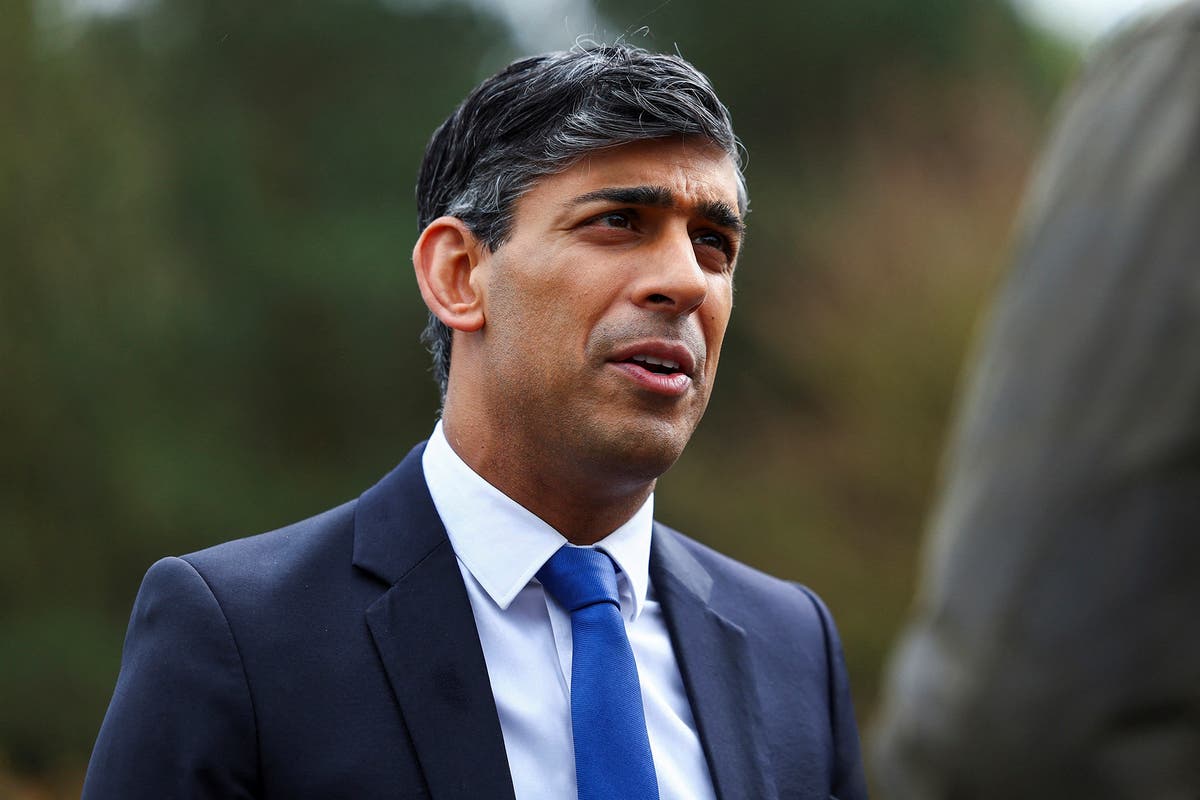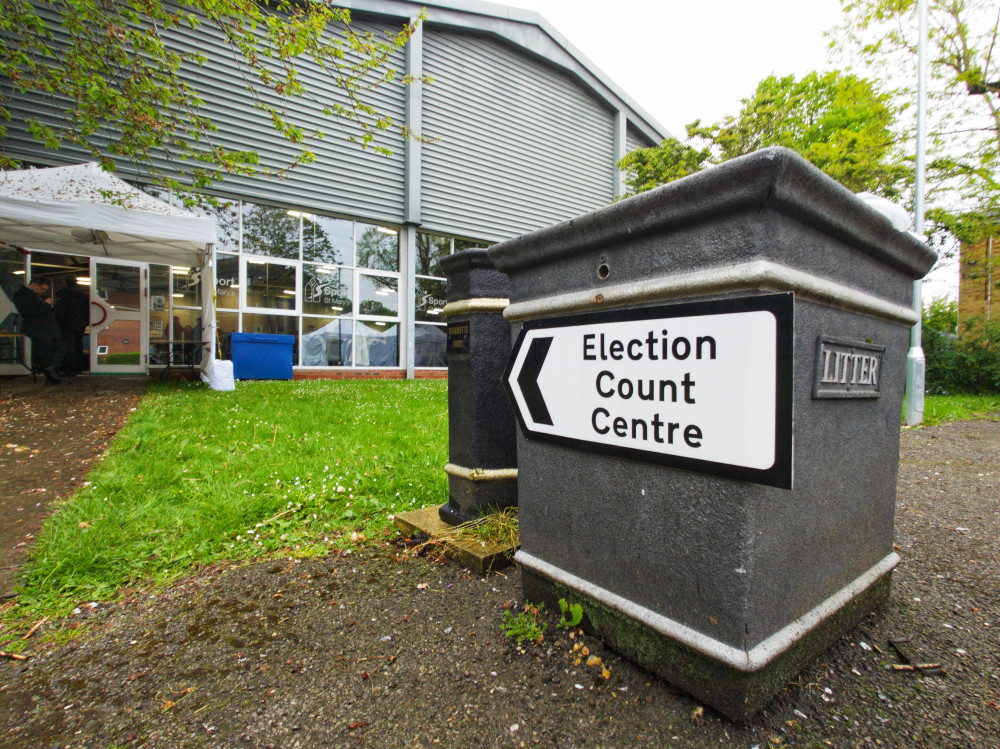“It was designed with a more millennial demographic in mind,” Murphy explains. “Generally the big roadblock to them buying a season ticket is the upfront commitment. Rather than £400 or £500 upfront, we introduced a subscription model similar to Netflix or a gym membership, that kind of payment method younger people are used to, which allows you to pay as you go each month and cancel any time. After the introduction of that we have seen more of a take-up from younger people. Other clubs have enquired about the model and asked us about what we have done there, and want to do the same thing, which is great to see.”
Over half of the club’s season ticket holders from Reading have also followed London Irish to Brentford.
“Those who have come with us are really enjoying it. I don’t think anyone begrudges us the move. Even the Reading locals definitely see why we have done it and appreciate the new stadium,” adds Murphy.
Although it should not be forgotten that Irish enjoyed plenty of good times in the late 2000s during their peak.
As it happens, that was around the same time when mutterings about the club eventually moving back to London first began, with QPR as well as Brentford mentioned as possible destinations. “When [serious talk about moving to Brentford] first came around in 2015, I was a bit ‘I’ll believe it when I see it’, because it had been mentioned for quite a long time,” adds Kelly Adey, the club’s head of logistics who joined the staff when Irish moved to Reading from the club’s spiritual home at The Avenue, now Hazelwood, in Sunbury back in 2000.
Average attendances in Reading topped the 10,000 mark before fading away, even before the club’s two relegations in three seasons. “It’s hard to put a finger on those things,” notes Adey. “We always tried to manage the price point – we never went crazy by putting the price up after having a good season.”
Staying in Reading, Bensted admits, was a non-starter for revenue. “Financial stability would never have been delivered in Reading, as comfortable as the stadium was.
It was a decent place to play rugby, once you got there it was great, the hospitality was great. The problem was even with a good crowd of 15,000, it still looked half empty with blue seats all over the place.
“Reading were really good landlords, excellent in fact, but commercially it was like a slow death. Every year it hurt us more. It didn’t seem to matter how many people came through the door, it was still hurting financially. The idea of having crowds of 15,000 in west London, with a different commercial deal than with Reading, was an obvious thing for us to do.”
The benefits already seem obvious. Despite those happier years in Reading, now London Irish are back where they belong again.
“You would be amazed at the amount of season ticket holders in their 60s who have got together in a big group who used to watch us at the Avenue every week and are now watching us in Brentford,” notes Adey. “Even if we have lost touch, there has always been that core desire to be part of the club.”
Saturday’s St. Patrick Day’s party will have the air of a big family gathering, with Exiles supporters young and old, from Sunbury and Reading and now west London, coming together in London Irish’s new home.
https://www.telegraph.co.uk/rugby-union/2022/03/25/london-irish-exiles-finally-found-home/





